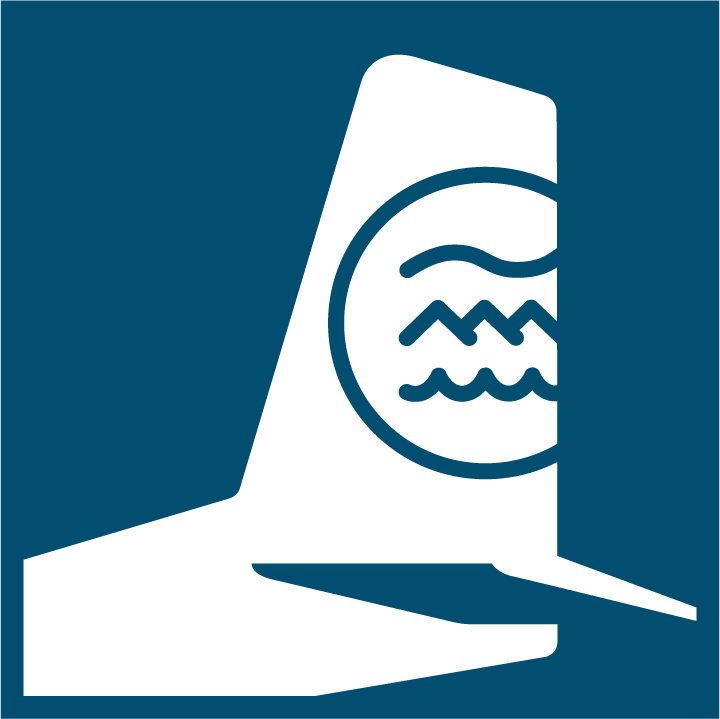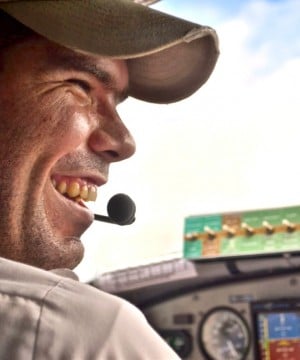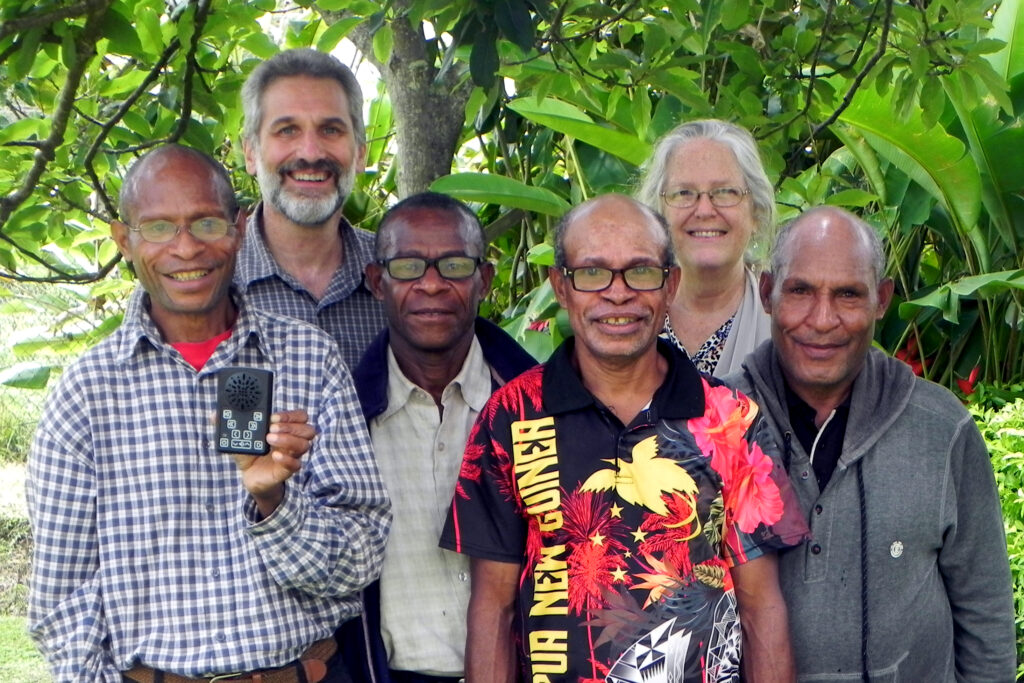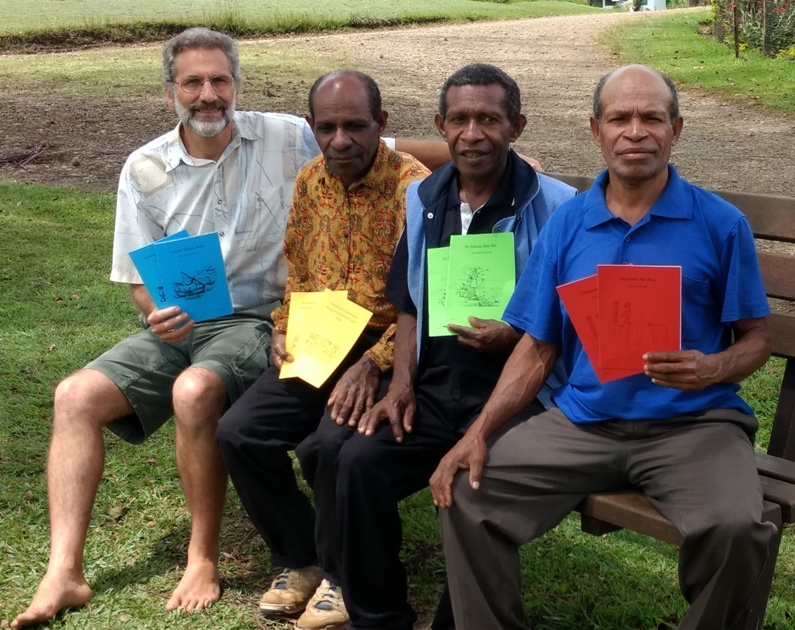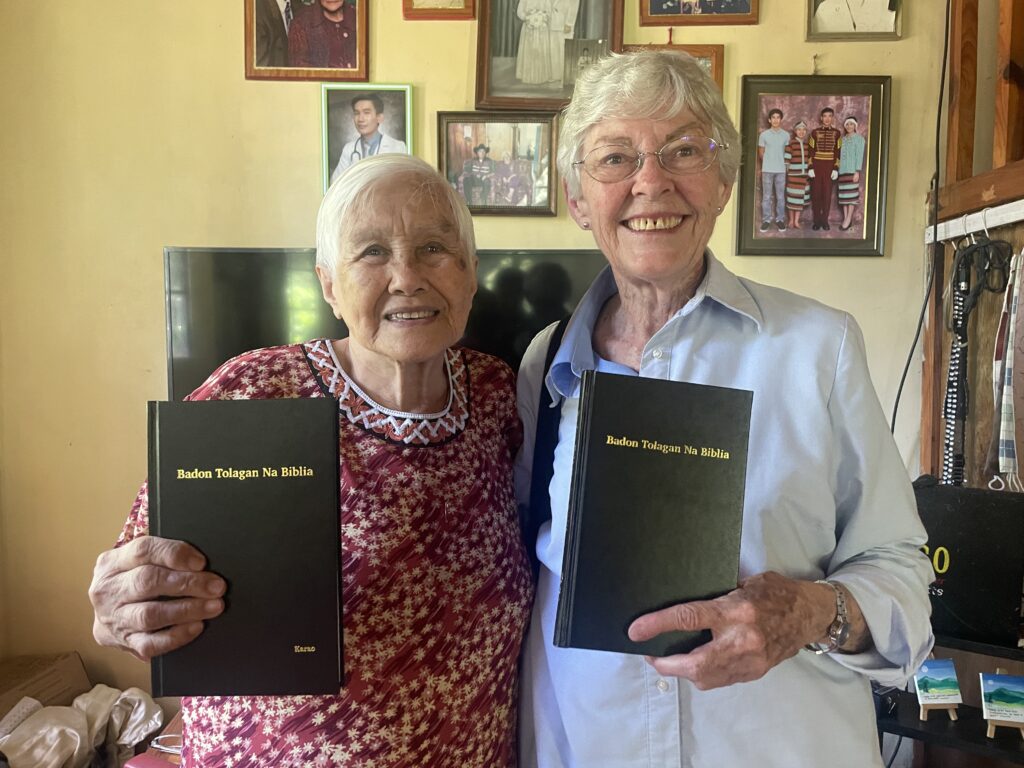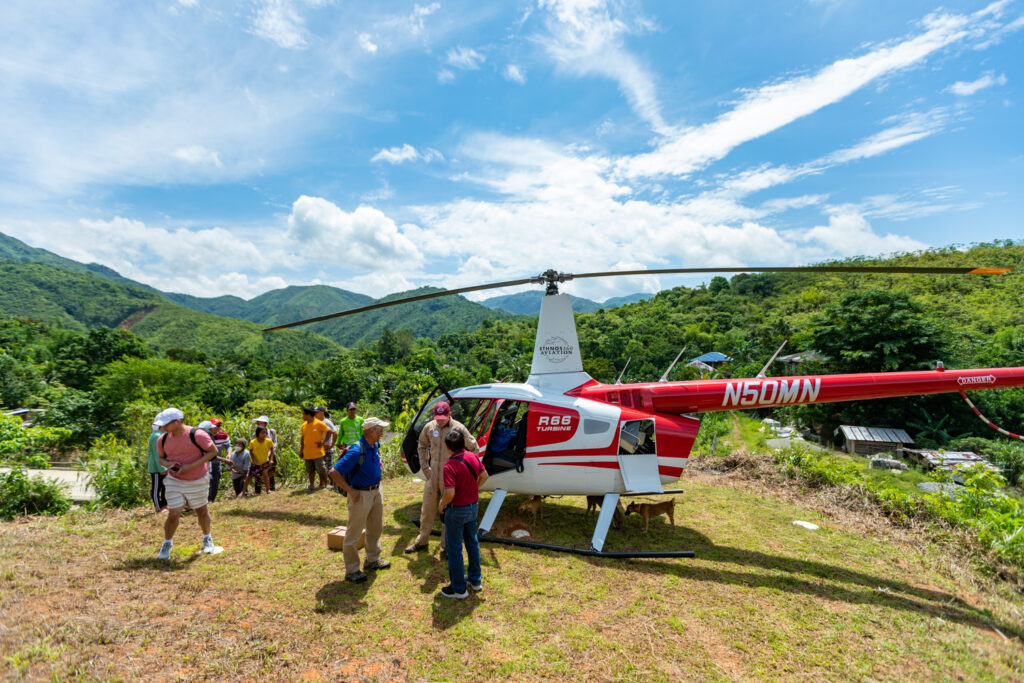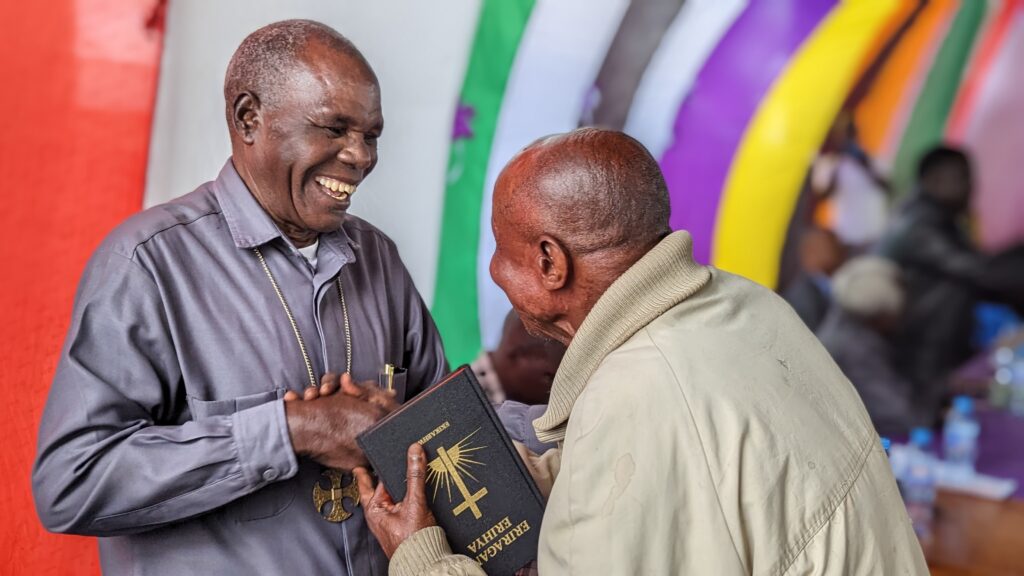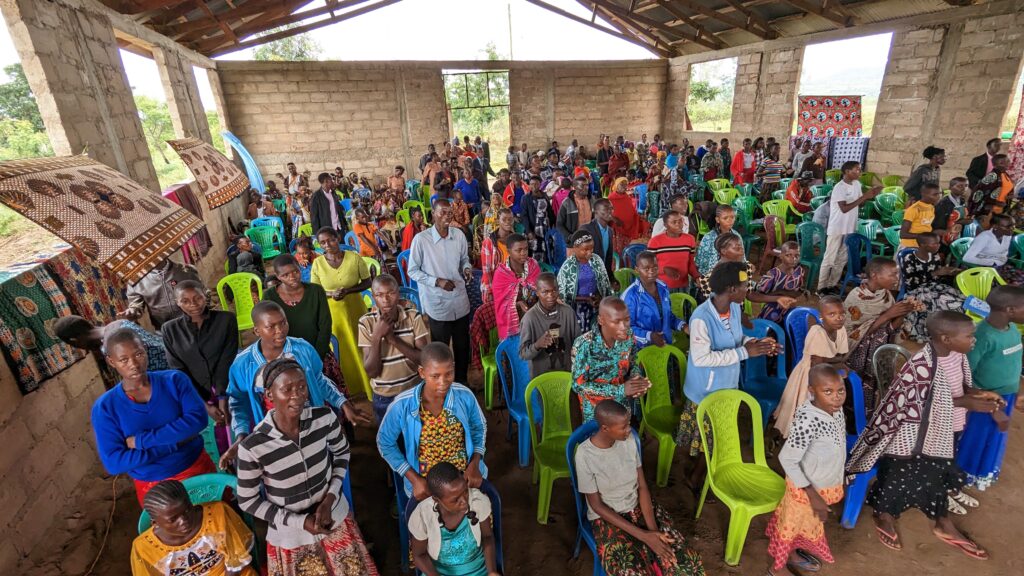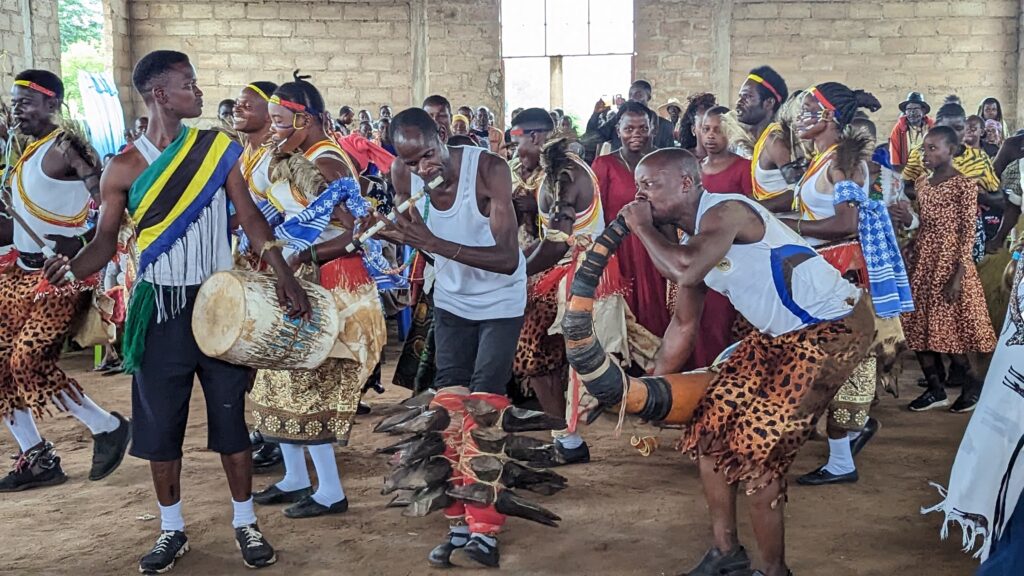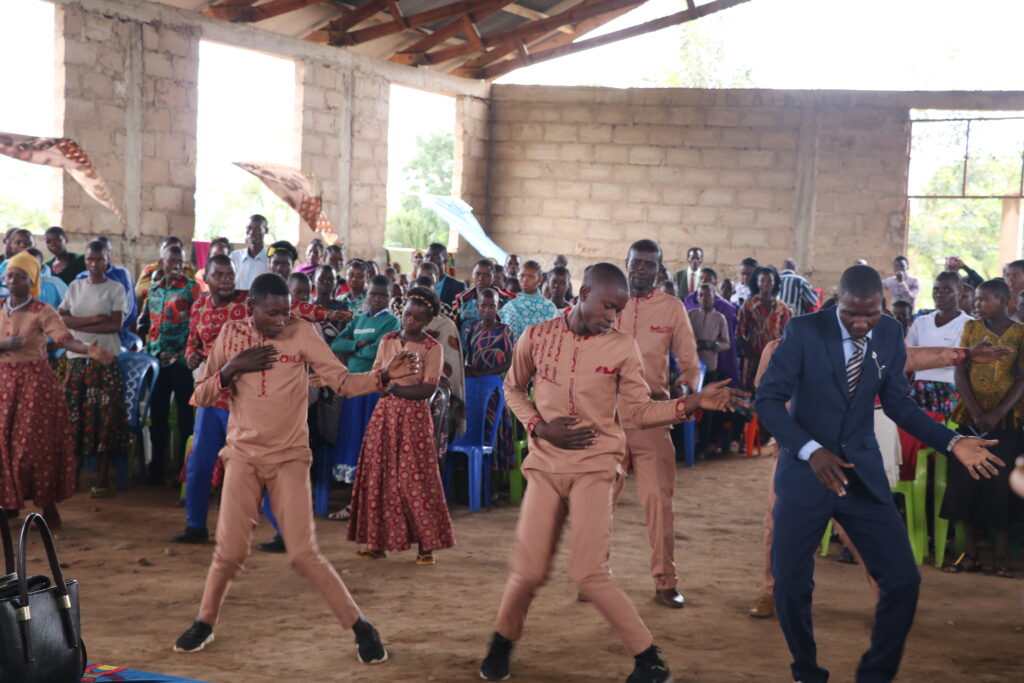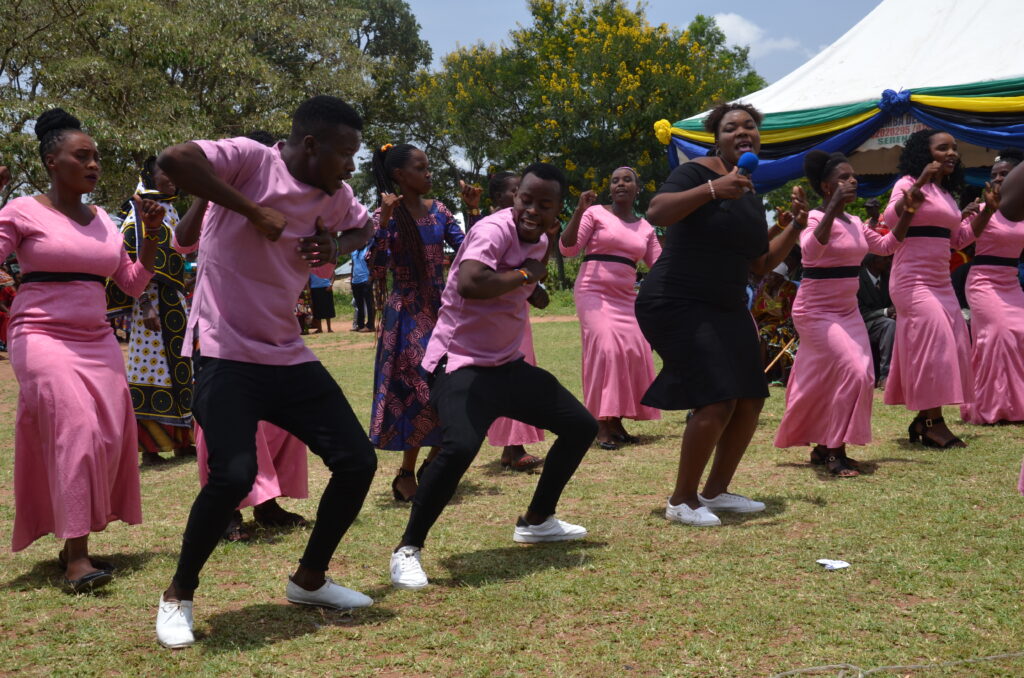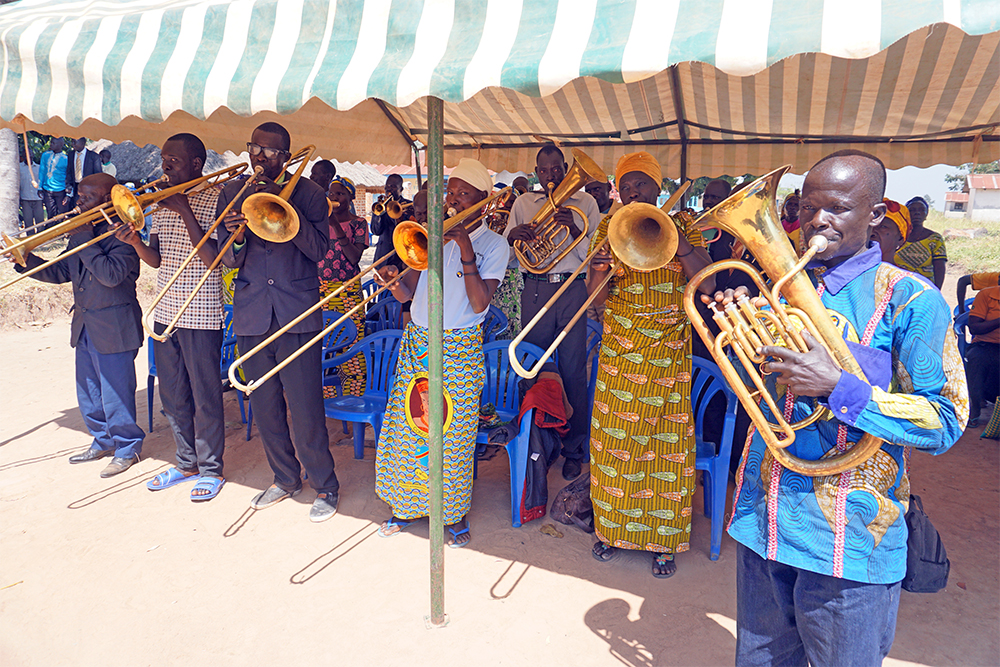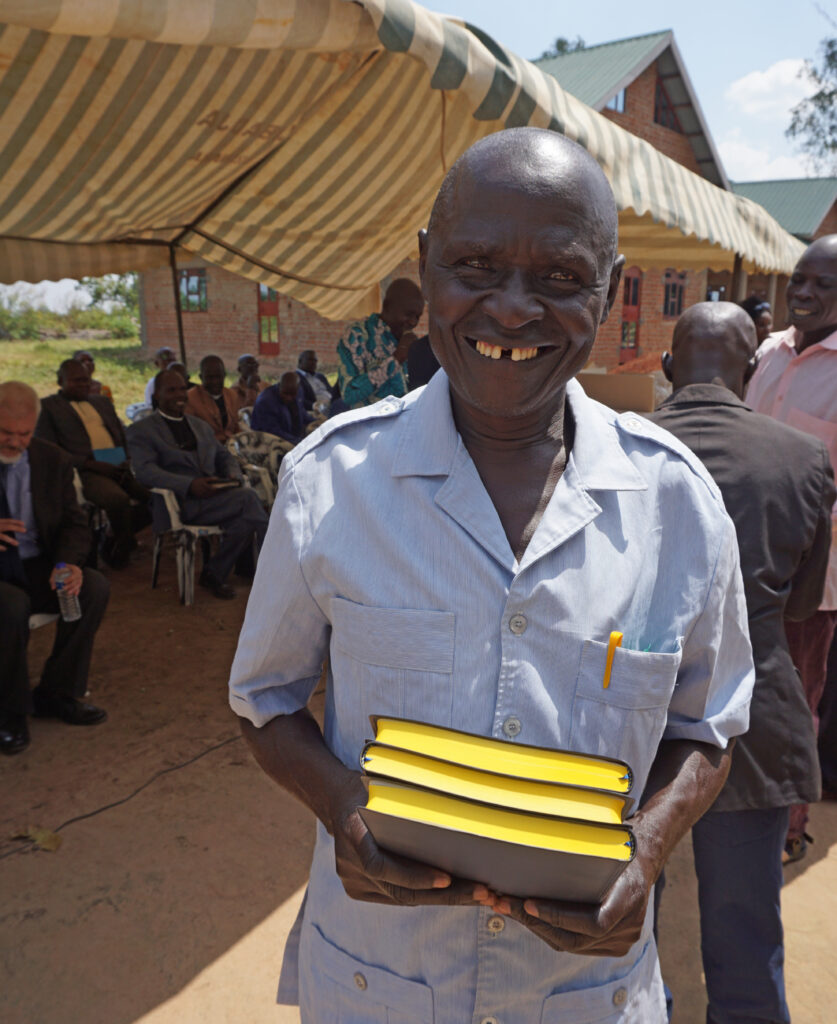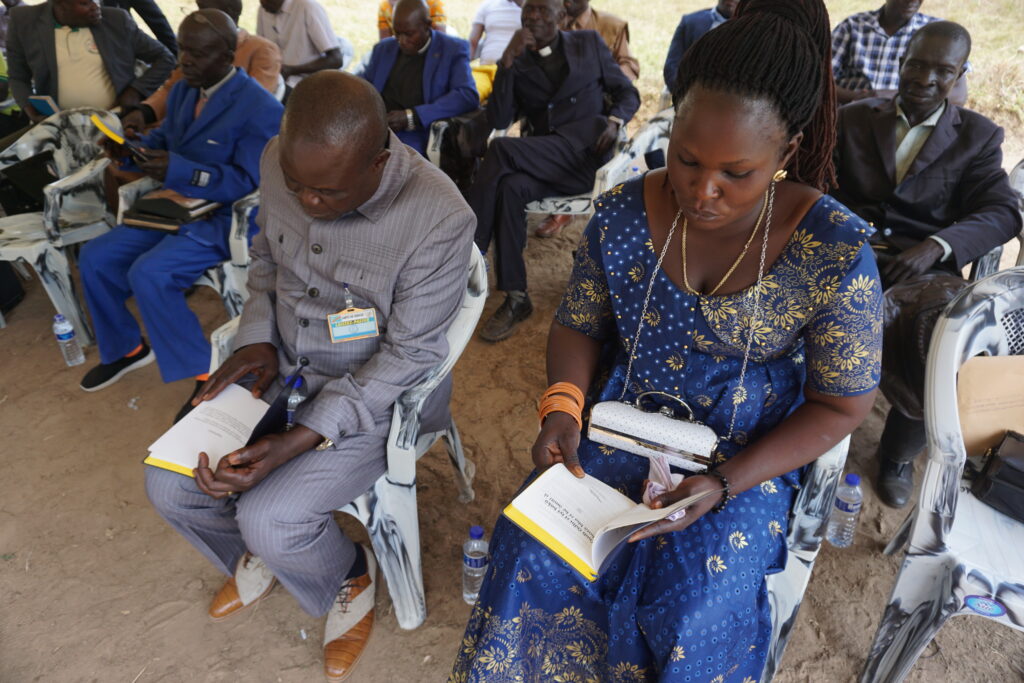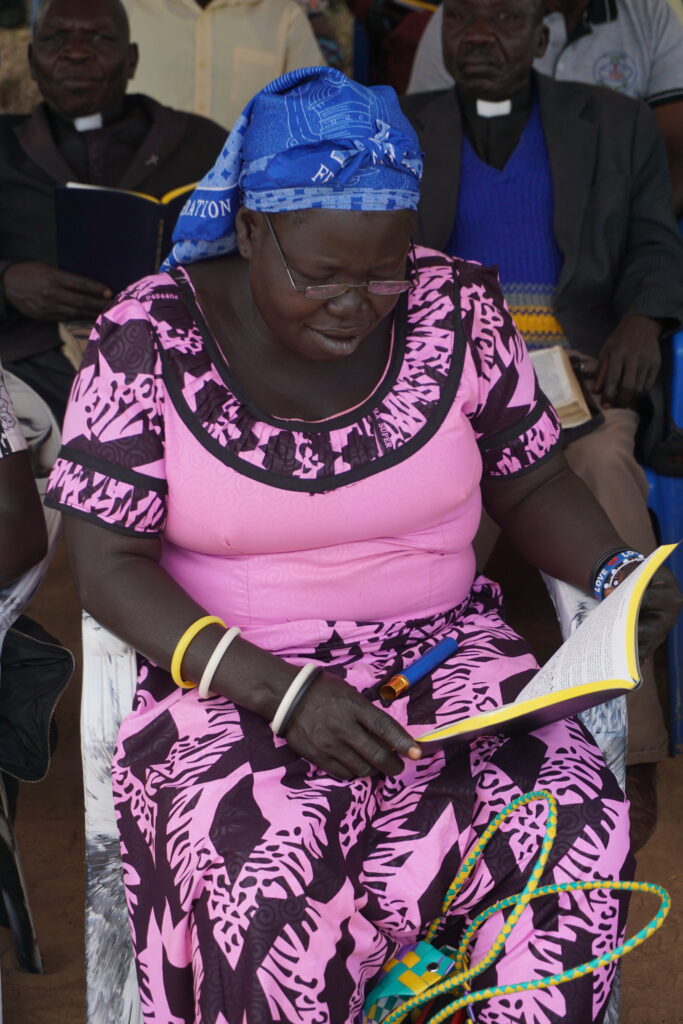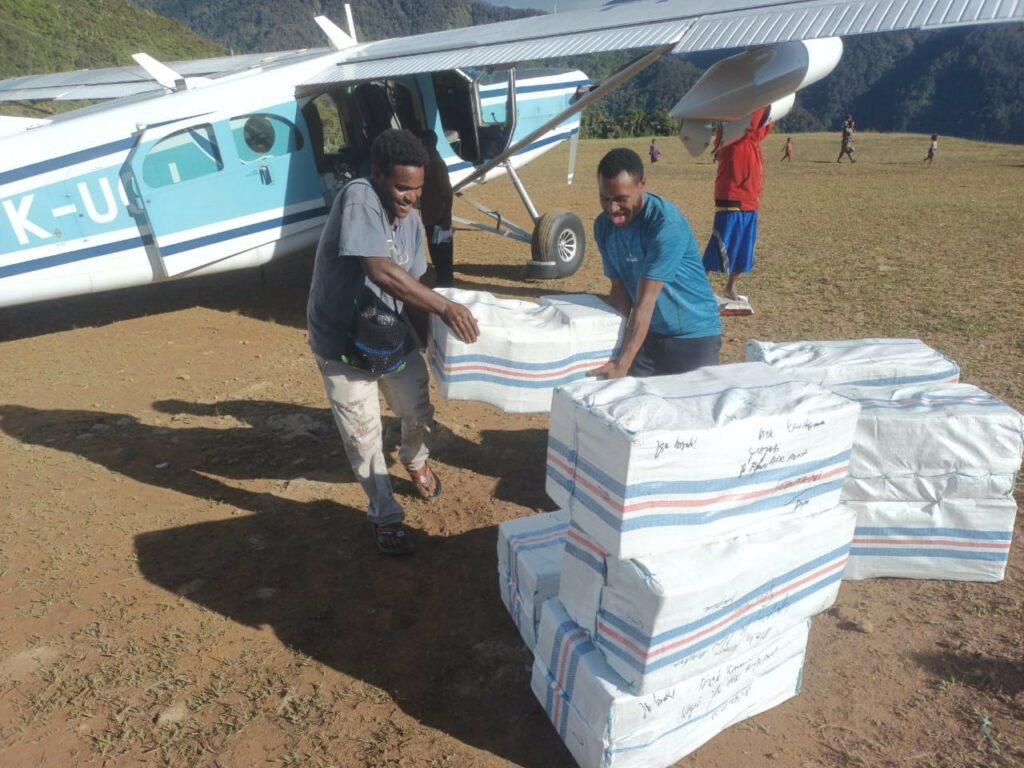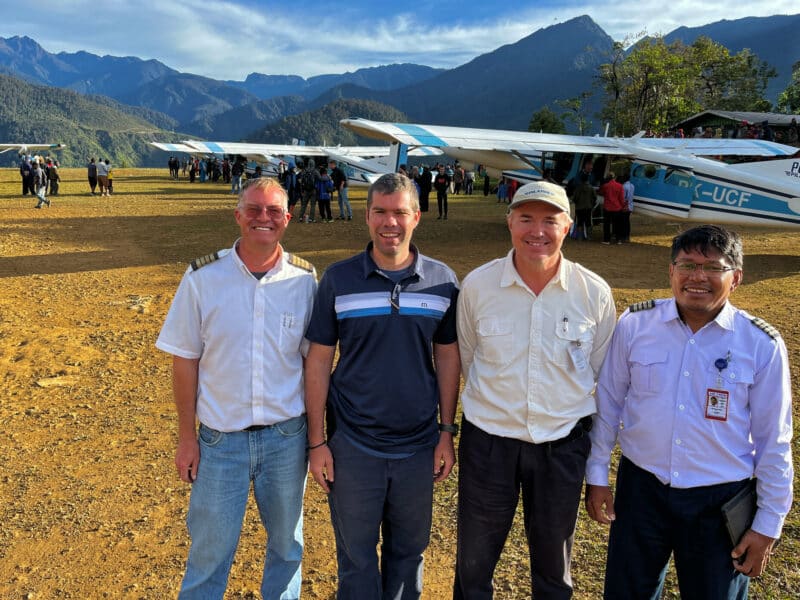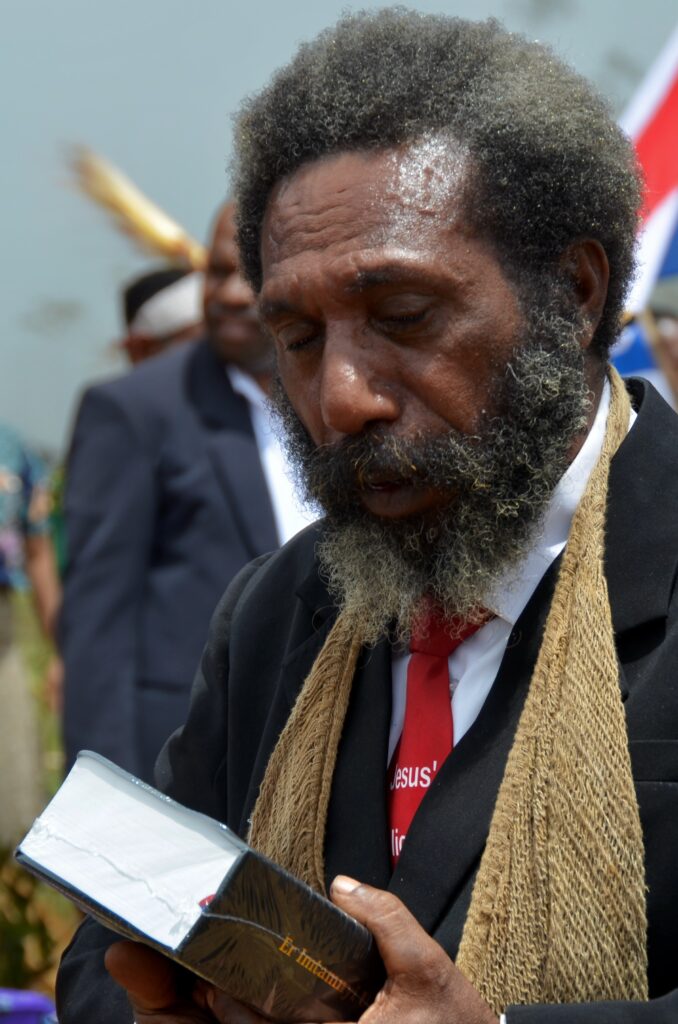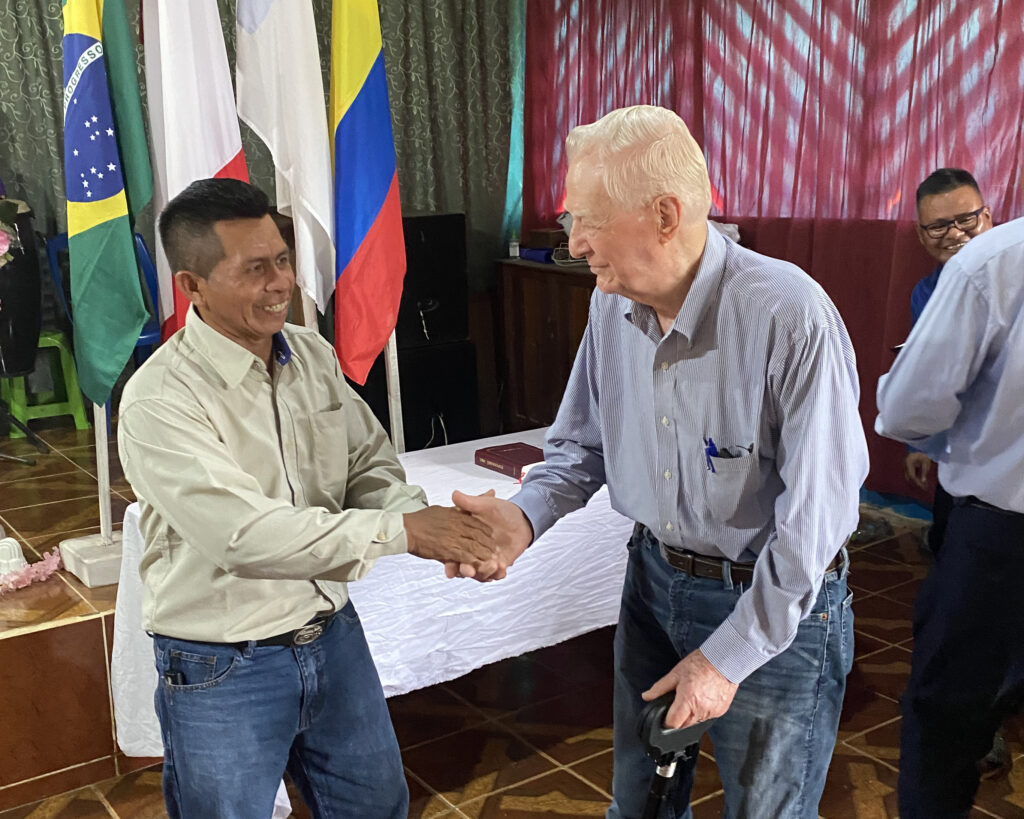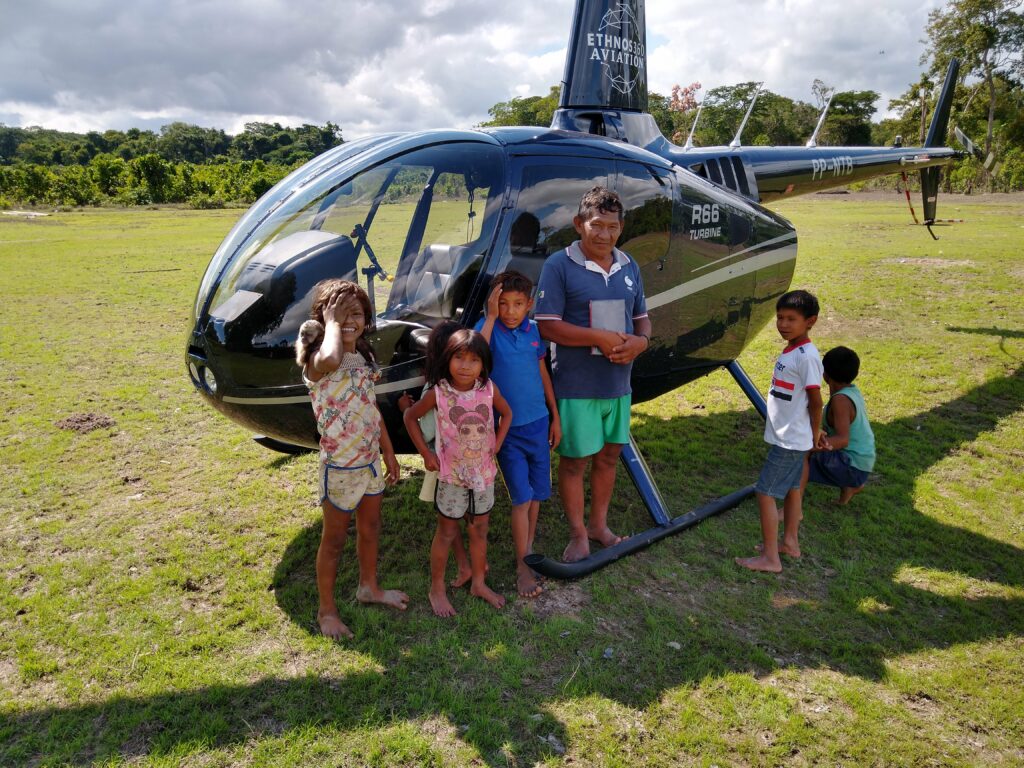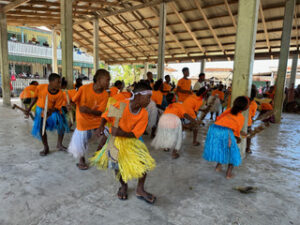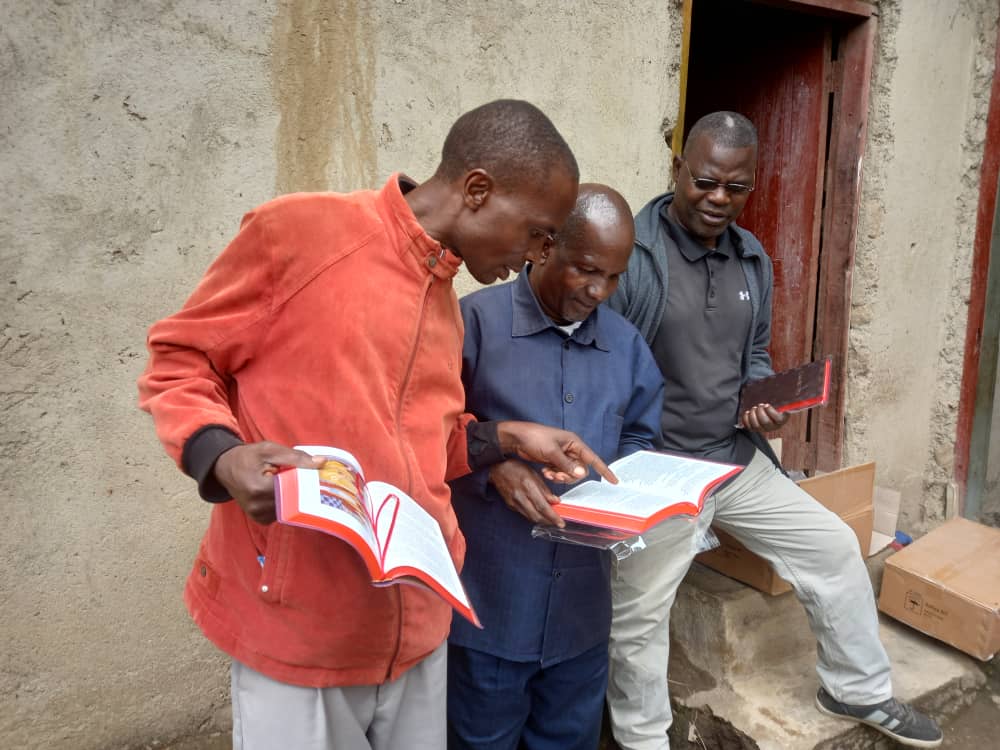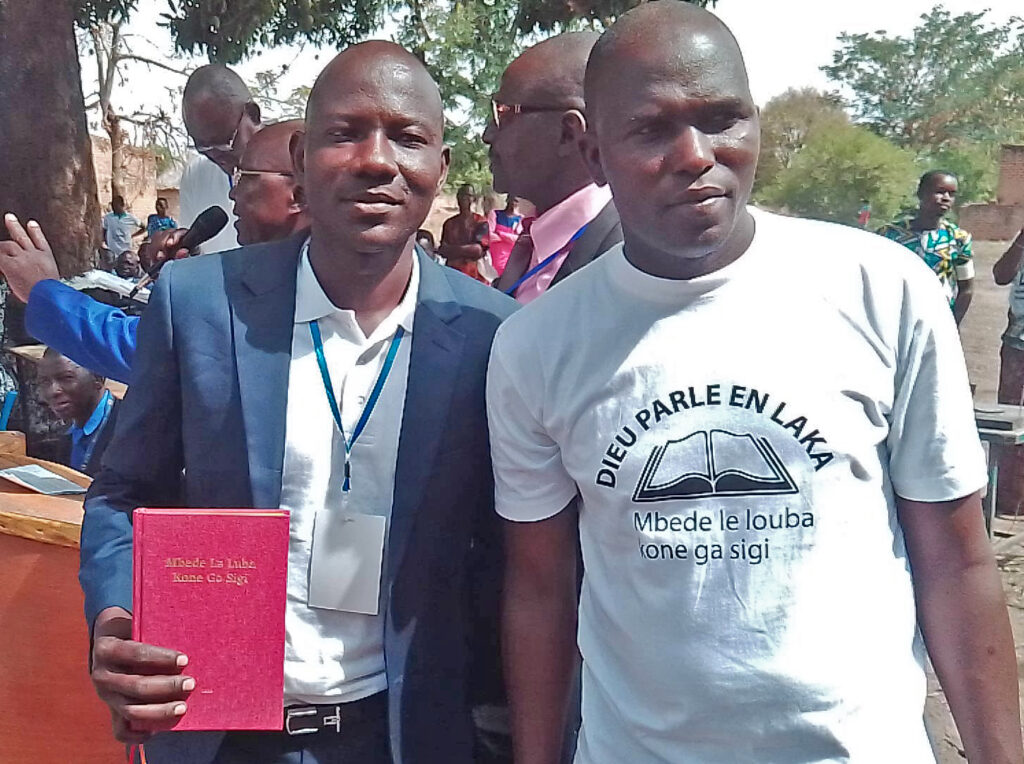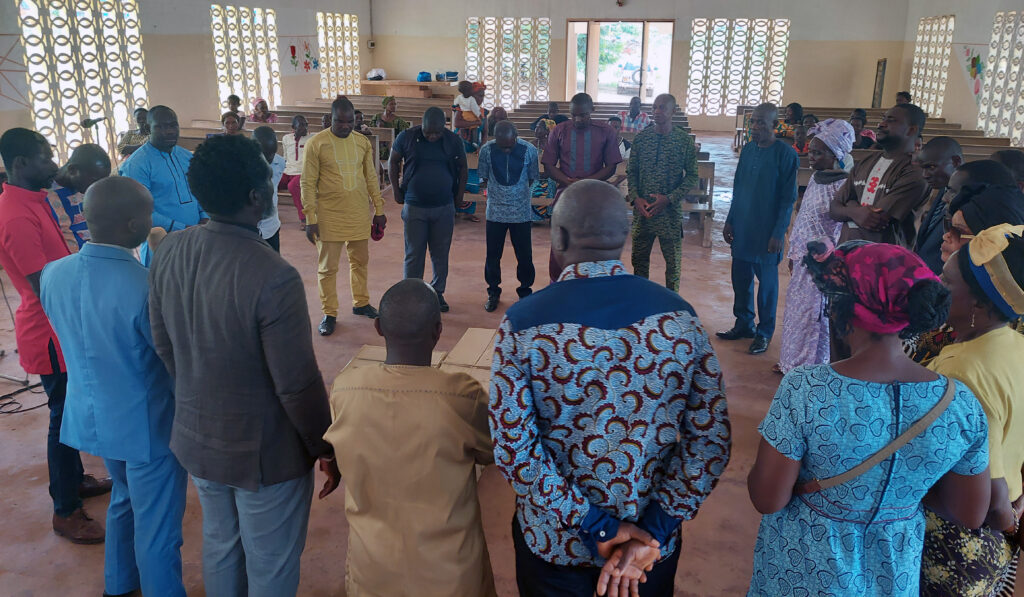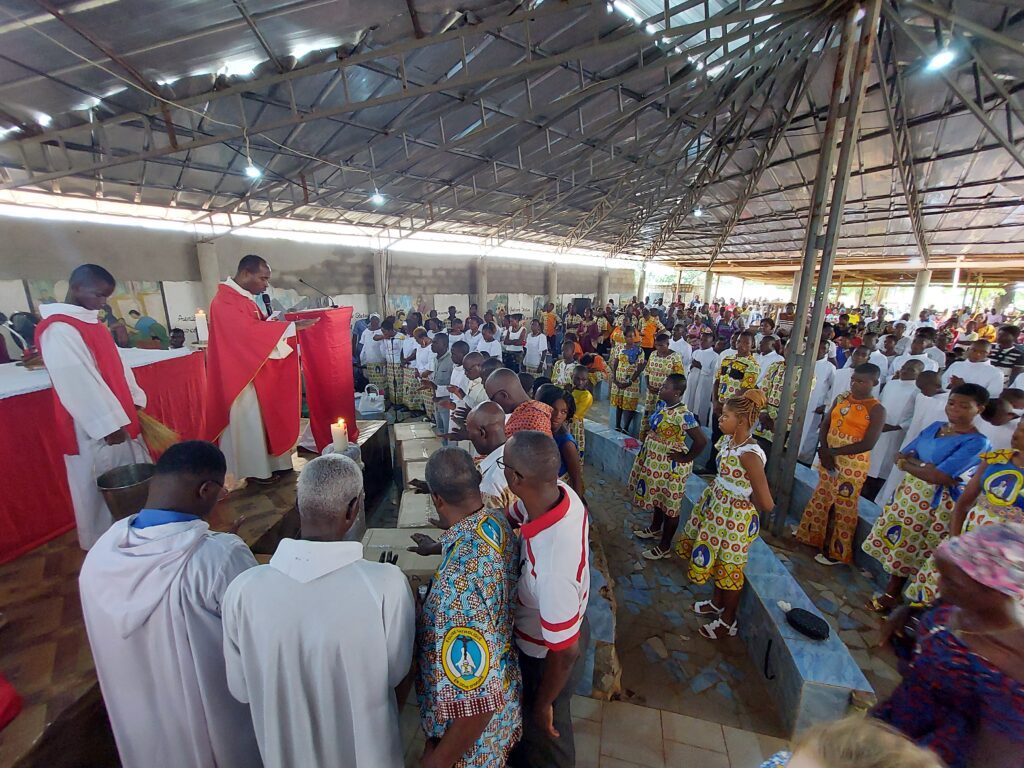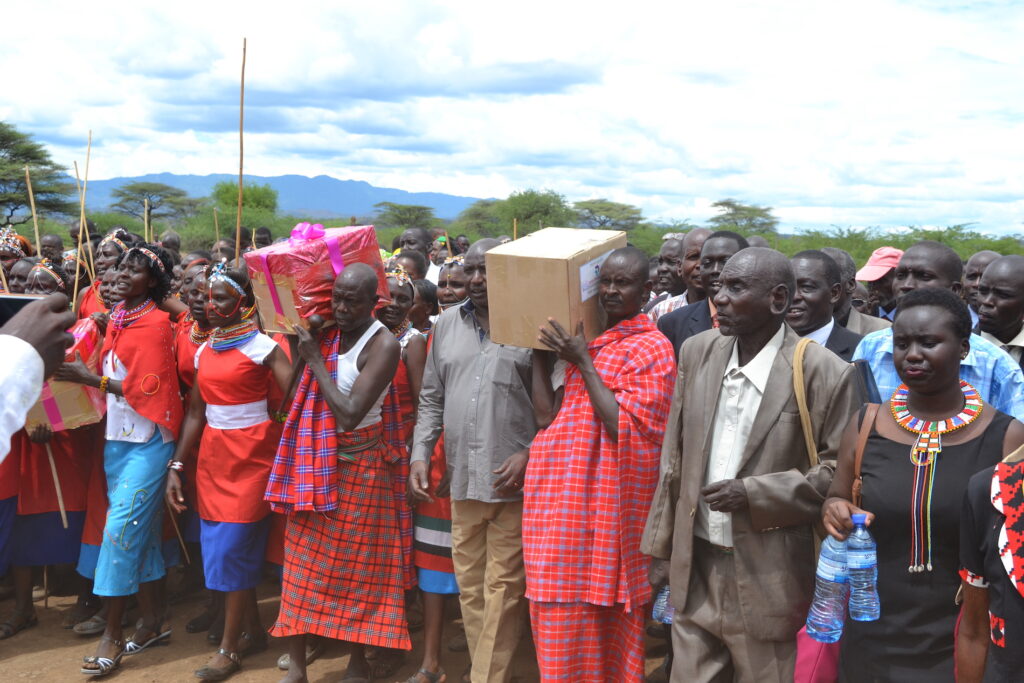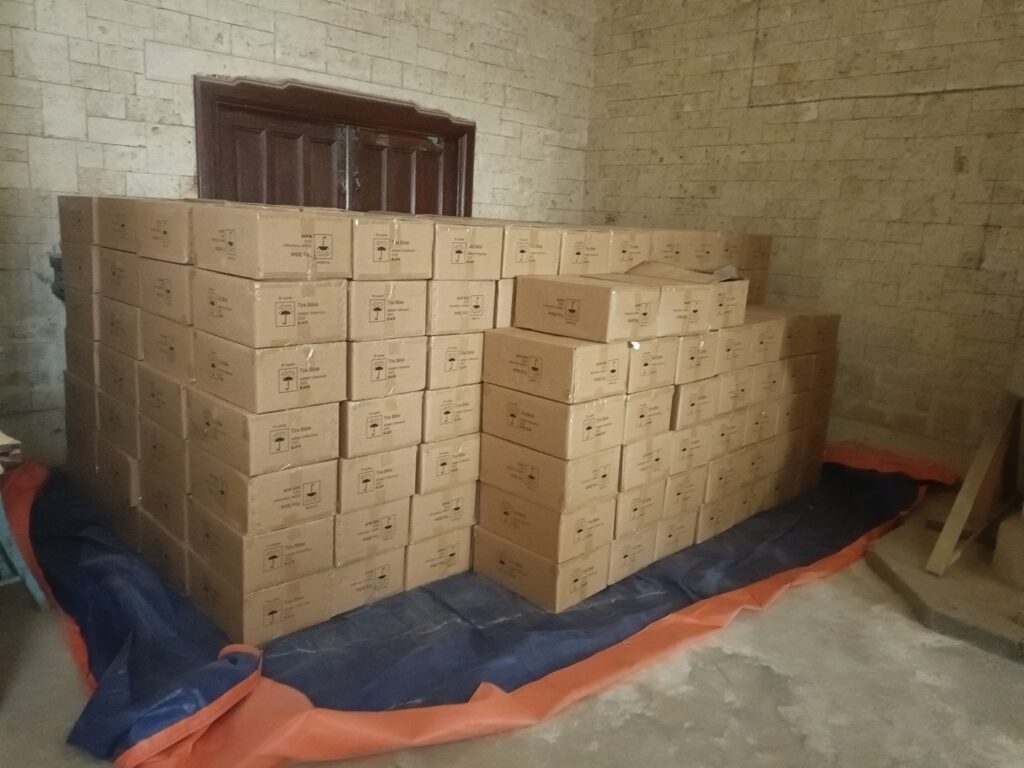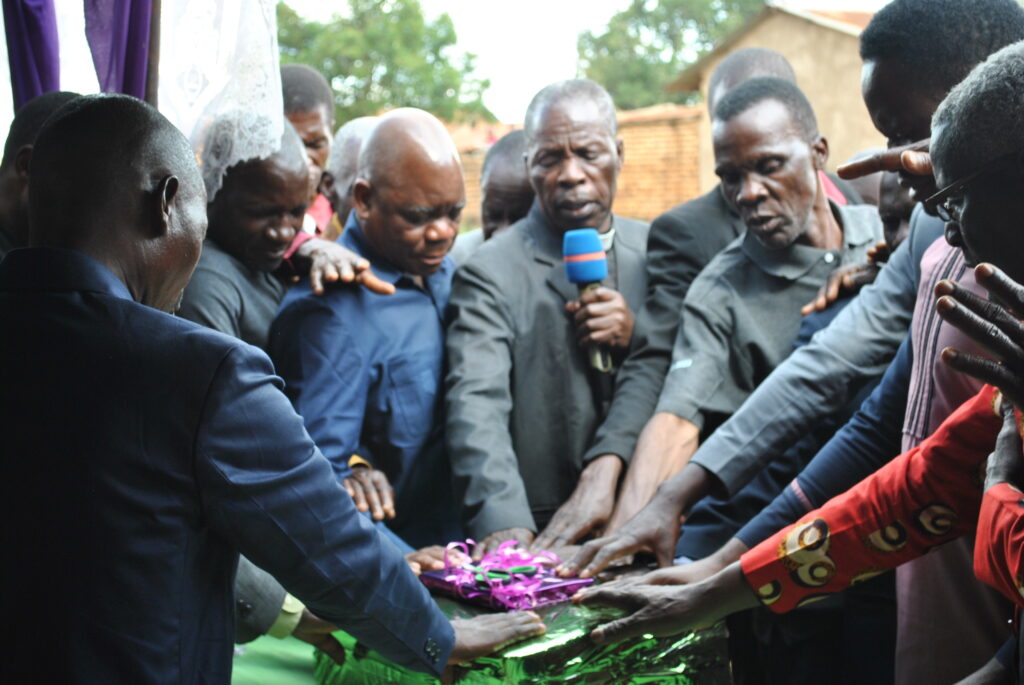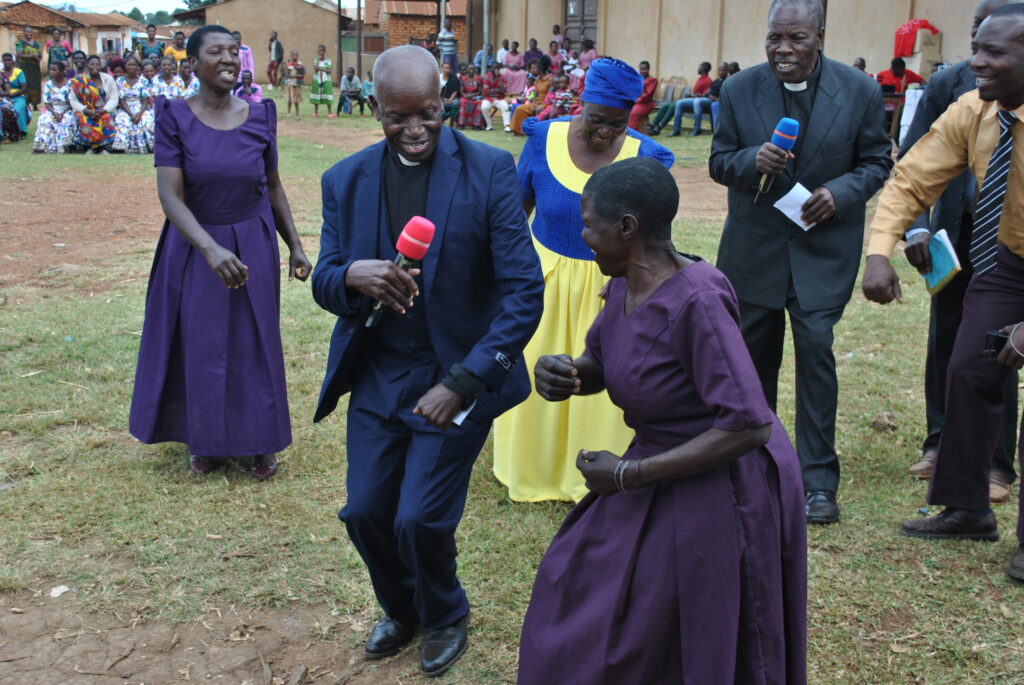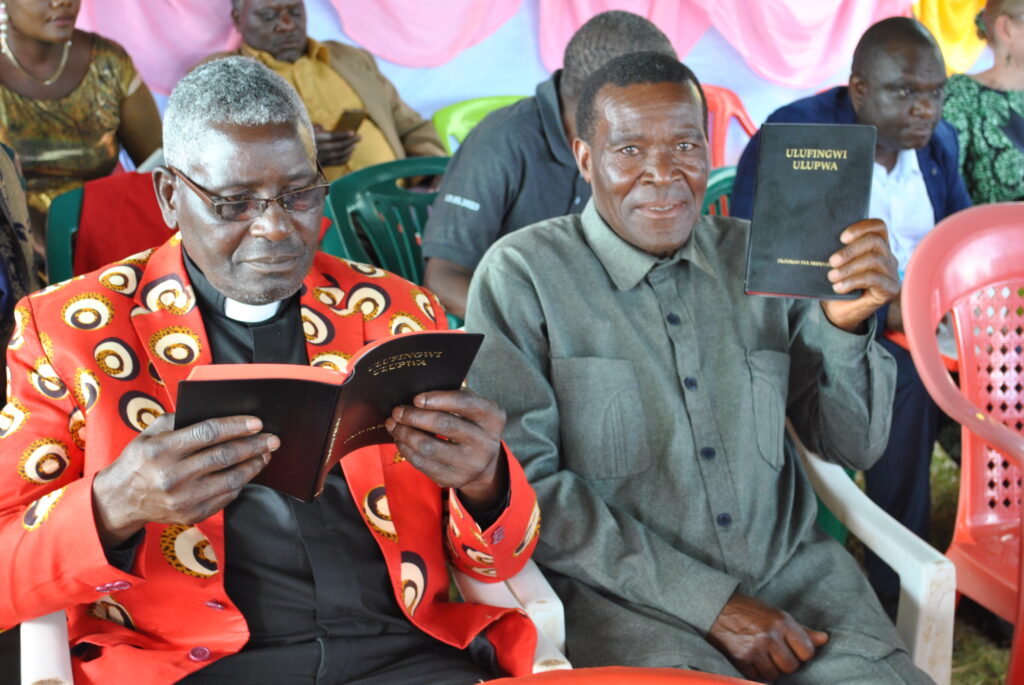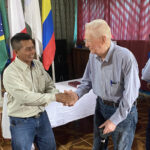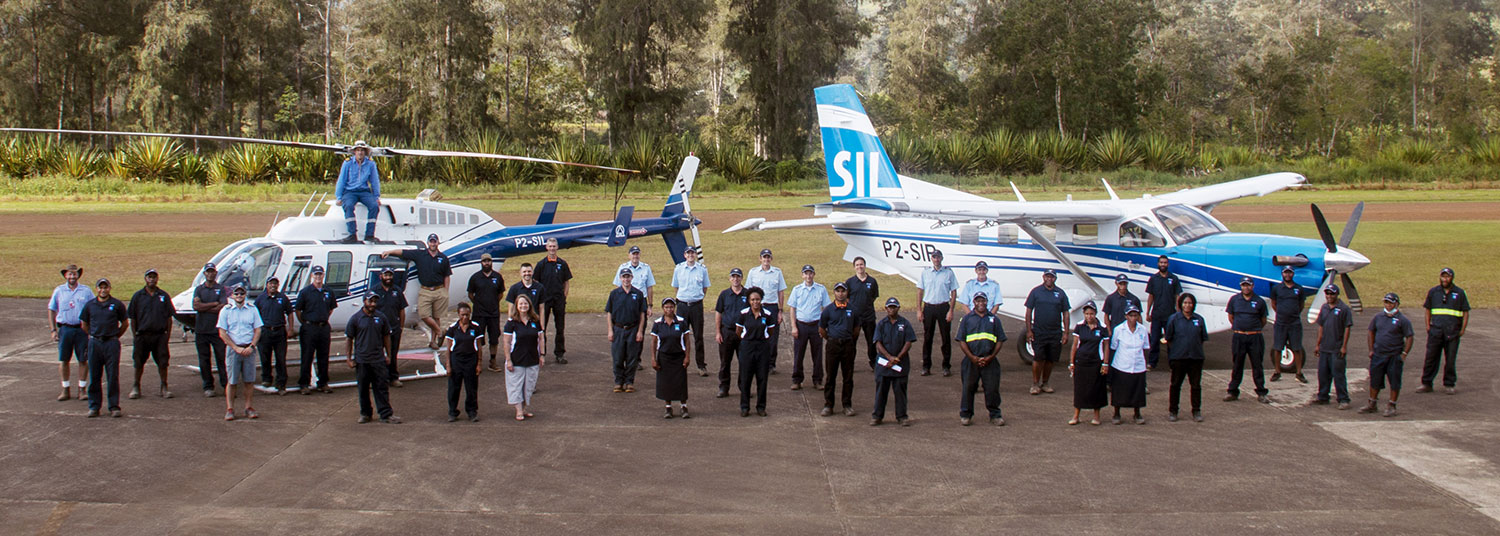“Ditch, Ditch, Ditch”
I wrap my hands around the controls and watch the water splash into the cabin. I try to take one last deep breath before we’re completely underwater.
The helicopter submerges completely and rolls upside down. A familiar environment is suddenly totally unfamiliar. My vision is limited as bubbles spread everywhere. My inner ear is totally confused. Worst of all is the burning sensation of water in my sinuses.
I fight the feeling of panic and remember my training. My left hand reaches for the door lever. It should be at hip height at about mid-thigh … there it is. I pull the lever and push my shoulder into the door. The door opens. Now I feel around with my left hand. Where is the frame of the helicopter? It should be right there. I touch it. Now my right hand fumbles with the seatbelt buckle. I buckle and unbuckle my seatbelt at least five times a day—it should be a lot easier to do this. Finally the buckle snaps free and I pull myself out of the helicopter and kick free. I feel a kick to my head and panic slightly before realizing one of my passengers must have worked his way out as well. My lungs are burning and I’m wondering why I haven’t reached the surface. One more kick. I break the surface and draw a deep breath. I see my passenger doggy paddling to my left and follow him to the side of the pool.
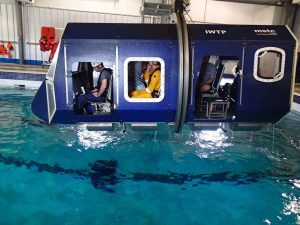 That’s right—the side of the pool. I’m in a warm-water pool in Lafayette, Louisiana, undergoing Helicopter Underwater Egress Training (HUET) with 20 oil workers. The University of Louisiana at Lafayette conducts this training primarily for oil workers who commute via helicopter to oil platforms in the Gulf of Mexico. At this point you’re probably asking, “Doesn’t Kars fly airplanes? Isn’t he a missionary pilot in Indonesia? Why is he doing HUET in Louisiana with oil workers?”
That’s right—the side of the pool. I’m in a warm-water pool in Lafayette, Louisiana, undergoing Helicopter Underwater Egress Training (HUET) with 20 oil workers. The University of Louisiana at Lafayette conducts this training primarily for oil workers who commute via helicopter to oil platforms in the Gulf of Mexico. At this point you’re probably asking, “Doesn’t Kars fly airplanes? Isn’t he a missionary pilot in Indonesia? Why is he doing HUET in Louisiana with oil workers?”
You’re completely right to be puzzled. We’re currently on furlough and I’m here to do some recurrent training. Our organization sends airplane pilots to the HUET training at the university because the underwater ditching principles for helicopters can apply to airplanes as well. The helicopter simulator’s cockpit is almost identical to the cockpits of the airplanes we fly, and the Gulf of Mexico is similar in temperature to the water over which we fly. Here we can prepare for that worst-case scenario: a situation that would force us to make an emergency landing in water. It’s an ideal training ground for us.
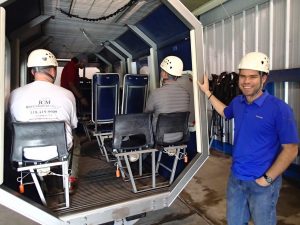
Besides I never know … I might get to rub shoulders with someone who needs the gospel. When I answer questions like “What do you do?” and “Where?” I have an excellent opportunity to speak Truth into the life of an oil worker who has not yet heard the gospel.
Pictures are courtesy of my friend and fellow pilot, Tim Ruth, who did the training with me and brought his camera.

